Japanese Castles
 Like the medieval castles of Europe, the castles of Japan were meant to be a fortress against attacks. The general term for castle is shiro (城), but when the word for castle is a proper noun, the word castle is pronounced as joo (城) is attached. For example Chihaya castle would be pronounced as chihayajoo (千早城) not chihayashiro (千早城). Some of the castles reflect a military sensibility rather than a mansion built for royalty. Some of the most famous castles in Japan are located in harsh terrain. Castles located in the mountains were called yamashiro (山城). Castles surrounded by water were called mizuki (水城), while those hidden by low elevation are called hirayamashiro (平山城).
Like the medieval castles of Europe, the castles of Japan were meant to be a fortress against attacks. The general term for castle is shiro (城), but when the word for castle is a proper noun, the word castle is pronounced as joo (城) is attached. For example Chihaya castle would be pronounced as chihayajoo (千早城) not chihayashiro (千早城). Some of the castles reflect a military sensibility rather than a mansion built for royalty. Some of the most famous castles in Japan are located in harsh terrain. Castles located in the mountains were called yamashiro (山城). Castles surrounded by water were called mizuki (水城), while those hidden by low elevation are called hirayamashiro (平山城).
Some of the many impressive castles contained the yagura (櫓), which were towers used to view the enemy from below. There were tiny slits called yasama (やさま), where arrows could pass through, and even bigger holes for taihosama (たいほさま), where cannons could be shot through the air.
If the daimyoo (大名) was especially rich and powerful, he had smaller castles called shijoo (しじょお), in which lower ranking samurai (さむらい) lived. The daimyoo (大名) or lord lived in the honjoo (ほんじょお) or the main castle. That way, if the daimyoo (大名) was attacked, he had the convenient disposal of warriors ready at all times. Some of the castles that remain today stretch for many miles on end, and from a bird’s eye view you can see the main castle surrounded and protected by the smaller castles.
Although many castles are being restored and preserved for future generations, there are many castles are only survive in bits and pieces of stone. Many of the castles were destroyed in WWII and only the stone bases remain. Despite that, archaeologists have been able to see and learn what specific castles looked like by the records left by the previous residents of the castle. Luckily today, the castles are used as museums and for sight-seeing, not for military purposes.
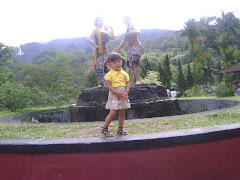
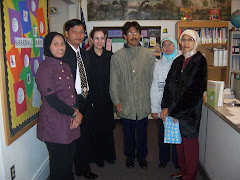



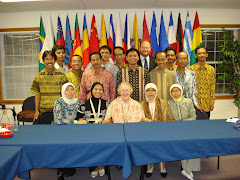

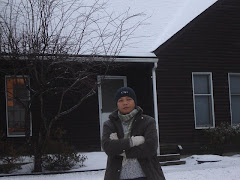
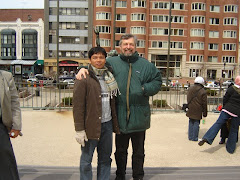
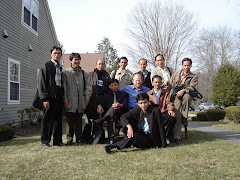




No comments:
Post a Comment